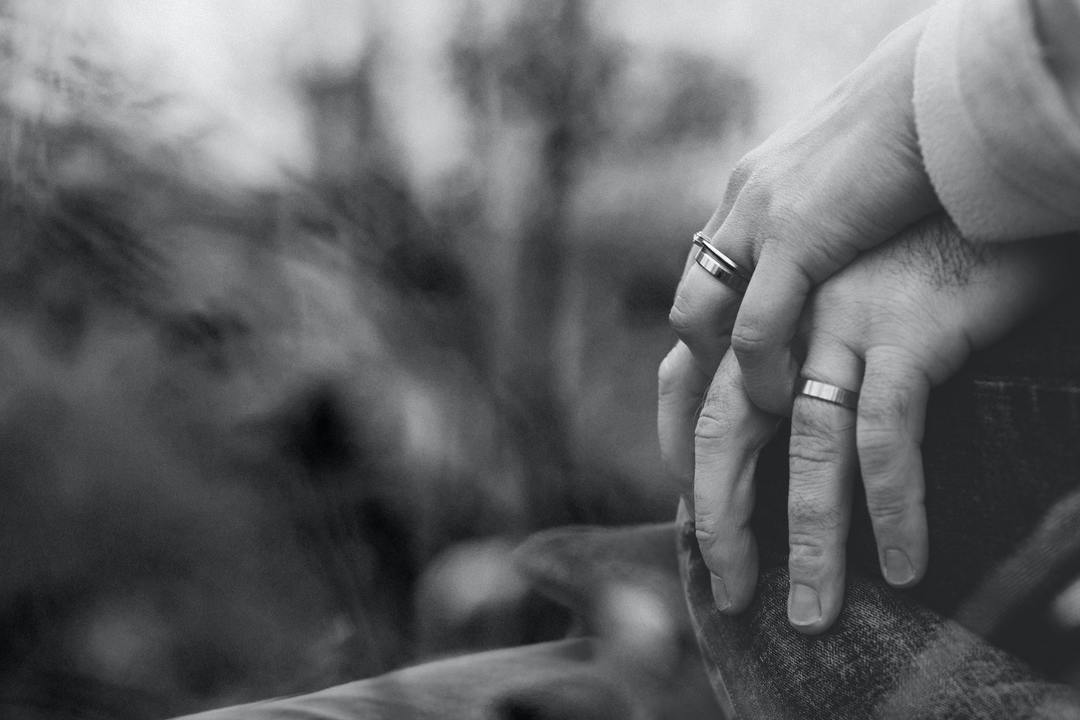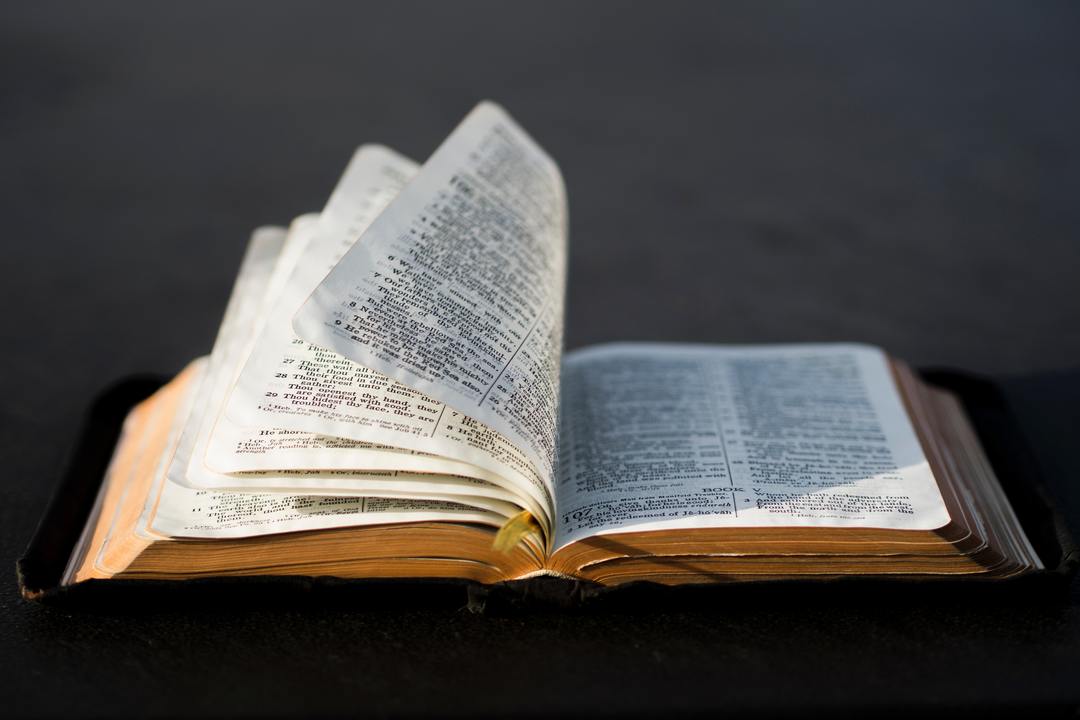- Expert advice/
- Wedding planning 101/
- Wedding day/
- History of Wedding Vows
- Wedding day
History of Wedding Vows
Learn about the history of wedding vows and other important information from the experts at Zola. Read on to find out more.
Last updated February 5, 2024

Though the format has been modified and changed, and some couples choose to write their own wedding vows instead of utilizing their culture’s traditional set, one thing is certain: A marriage vow is one of the most intimate parts of Western weddings. Of course, marriage vows aren’t a legal necessity for marriage, nor are they used in all cultures. Still, many couples choose to include them in their ceremonies for religious or sentimental reasons.
If you’re wondering where this special part of a wedding ceremony comes from, the short answer is... it’s complicated. Like most great works, bits and pieces were taken from different sources of inspiration to create the traditional idea of Western vows seen today. In order to get to the heart of traditional wedding vows, however, we must first explore the history of marriage itself.

The History of Marriage
The root of matrimony wasn’t actually a religious or legal act. In fact, it was simply used as a casual trade tool. The earliest documented marriages between a bride and groom took place between the Anglo-Saxons, a cultural group who inhabited England from 410 to 1066. Stephanie Coontz, author of Marriage, A History: How Love Conquered Marriage told BBC that Anglo-Saxon marriages were just simple agreements between families or tribes to create "peaceful relationships, trading relationships, [and] mutual obligations."
During the 11th Century, marriage evolved to be less about casual trade relationships and more about political advantage. This is when arranged marriages between both royals and commoners alike became a thing (think Mary Queen of Scots). During this time, in 1140 to be exact, the Benedictine monk Gratian created his canon law textbook,* Decretum Gratian*. This required the consent and consummation of the couple to make a marriage “official” (something that wasn’t needed prior). Then in 1563, the Council of Trent deemed marriage to be one of the seven sacraments. While arranged marriages for political gain were still common, this was the start of modern marriages (which for the most part, is still the same to this day—minus things like photo booths and bridal party flash dance mobs). The only problem was that everyone couldn’t yet marry the person they loved.
Thankfully, in 1967, interracial marriage became fully legal in all U.S. states during the Supreme Court decision, Loving v. Virginia. Then, in 2015, the landmark case of Obergefell v. Hodges resulted in a U.S. Supreme Court ruling that made gay marriage legal throughout all of America. While there’s still plenty of work to be done across the globe in regards to marriage equality, each new step forward is a win on the journey to legal love for all.
The History of Wedding Vows
So, where do marriage vows come into the history of weddings? It was just around the time when marriage was deemed an official sacrament of the Catholic church that the well-known vows became a part of the marriage ritual. In fact, most couples who have traditional Christian wedding ceremonies recite some components of the famous vows first written in Thomas Cranmer’s The Book of Common Prayer.
While the first copy was written in 1549, a final revision was made by Jame 1 in 1662. That’s the version still used by the Church of England today. While you might think there’s no way anything said in a ceremony from the 1500s would still ring true today, you might be surprised. “The guts of the marriage service are there in 1549," Reverend Duncan Dormor of St John's College at the University of Cambridge told BBC News. "All the things that you think of, 'to have and to hold, from this day forward, for better, for worse, for richer, for poorer,' all of that stuff comes from that point."
While The Book of Common Prayer was first introduced in 1549, the sentiments were from long before Cranmer’s historical work. Much of the modern wedding ceremony as written by Cranmer actually came from various Catholic medieval rites such as the Sarum ritual—a process followed for celebrating any kind of Christian public worship. The problem, however, is that the entire sermon—other than the actual vows—was in Latin. Cranmer made the ritual more accessible, changing the way we celebrate weddings today. "What makes the 1549 service significant is that it is the introduction of a Protestant service in English, and it's basically the words that we all know with a couple of small tweaks," Dormor said.

Traditional Westernized Wedding Vows
It was the vows from the Sarum rite of medieval England, which were then utilized in the Book of Common Prayer that became the traditional vows many Catholics and Christians—as well as non-denominational couples—still utter with very few changes, like the “death do us part” portion. (In the 1594 version, it was published as "till death us depart," but has since changed phrasing while still keeping the sentiment alive.) Here’s a look at how similar modern vows are to those of the past.
From the Book of Common Prayer, by Thomas Cranmer:
"I, _____, take thee, _____, to be my wedded Husband, to have and to hold from this day forward, for better for worse, for richer for poorer, in sickness and in health, to love, cherish, and to obey, till death us depart, according to God's holy ordinance."
The “obey” portion was only used by women, while the men just promised to cherish their wives. Other than that and the final wording of being parted by death, the passage has remained very intact. While there are several variations, today’s standard version goes like this:
"To have and to hold, from this day forward, for better, for worse, for richer, for poorer, in sickness and in health, until death do us part.”
Whether you choose to recite traditional vows, omit them from your wedding, write your own, or celebrate your ceremony in your own way with unique wedding vows, as long as the day is about the love you share, it will stand the test of time.
- Expert advice/
- Wedding planning 101/
- Wedding day/
- History of Wedding Vows
Find even more wedding ideas, inspo, tips, and tricks
We’ve got wedding planning advice on everything from save the dates to wedding cakes.